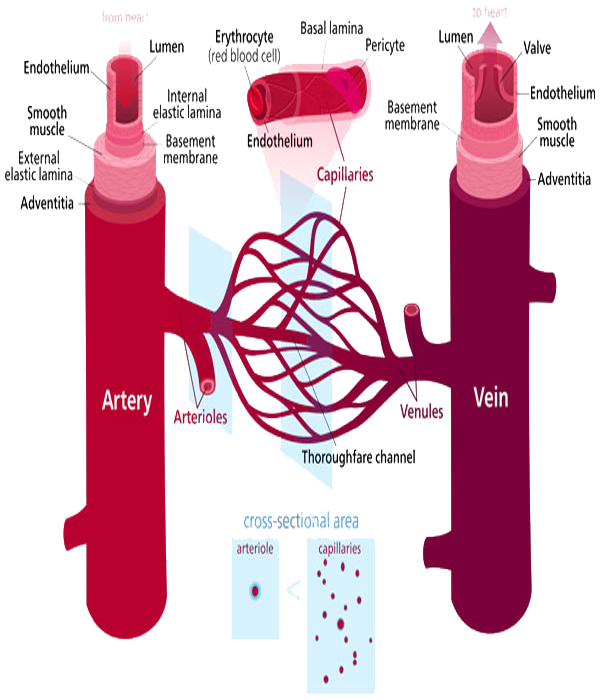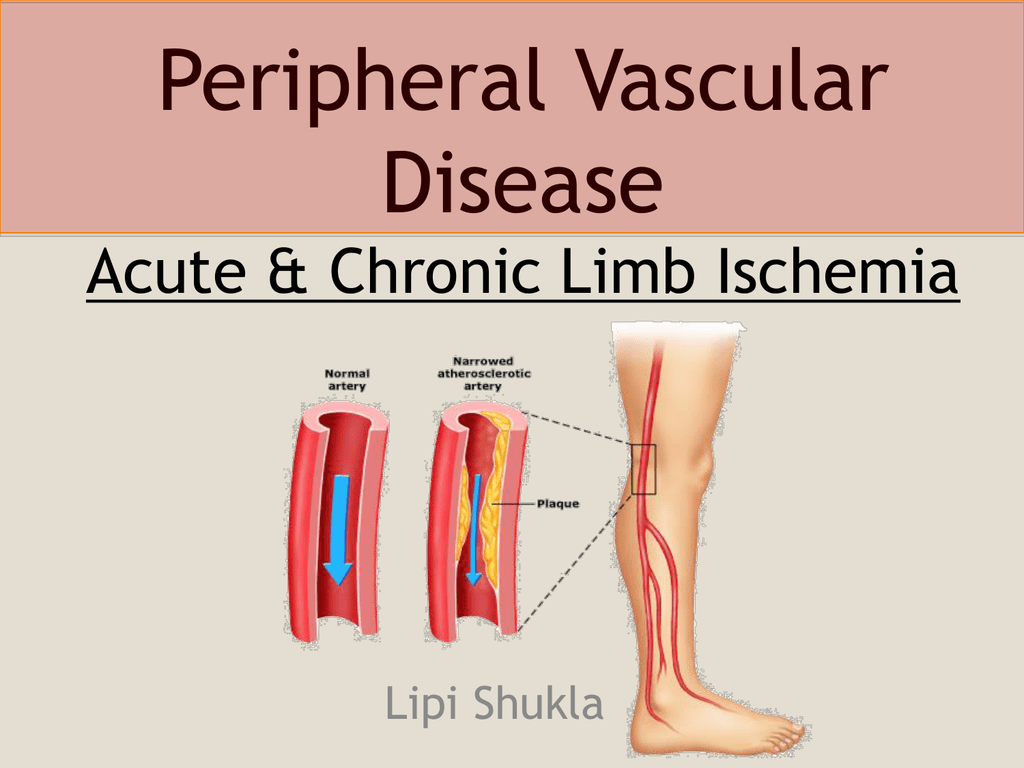

The cristae are dynamic, and can change shape, condensing to increase energy output. The folds, called cristae, provide a scaffold for the molecular machinery that produces chemical energy that the cell can use. These tiny energy factories have a unique double membrane, with a smooth outer and a folded inner lining. Our results identify a role for Bid in homeostatic mitochondrial cristae reorganization, that we link to human cardiac disease.Ĭells contain specialized structures called mitochondria, which help to convert fuel into energy.

Furthermore, Bid but not Bid M148T associates with Mcl-1 Matrix, previously implicated in cristae stability decreased MCL-1 expression associates with MI. Carrier status with nonsynonymous variation in Bid’s membrane binding domain, Bid M148T, associates with MI predisposition. Patients in the bottom 5% of the expression distribution exhibit >4 fold increased MI risk. A gene-based approach applied to a biobank, validated in two independent GWAS studies, reveals that decreased genetically determined BID expression associates with myocardial infarction (MI) susceptibility. Bid-/- mice display stress-induced myocardial dysfunction and damage. Loss of full-length Bid results in apoptosis-independent, irregular cristae with decreased respiration. In vitro and in vivo analysis integrated with human genetics reveals a novel homeostatic mitochondrial function for Bcl-2 family protein Bid. Bcl-2 family proteins reorganize mitochondrial membranes during apoptosis, to form pores and rearrange cristae.


 0 kommentar(er)
0 kommentar(er)
